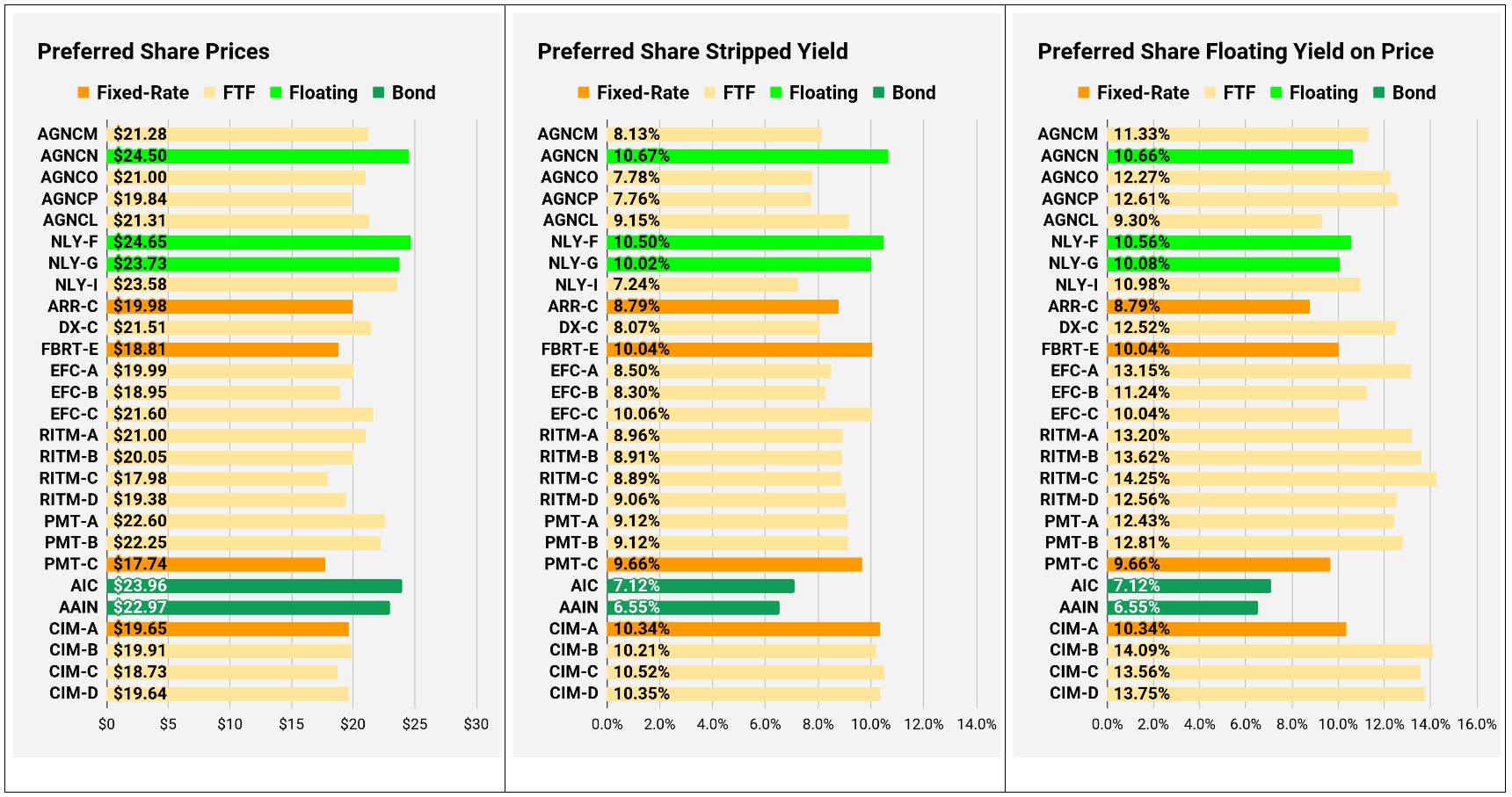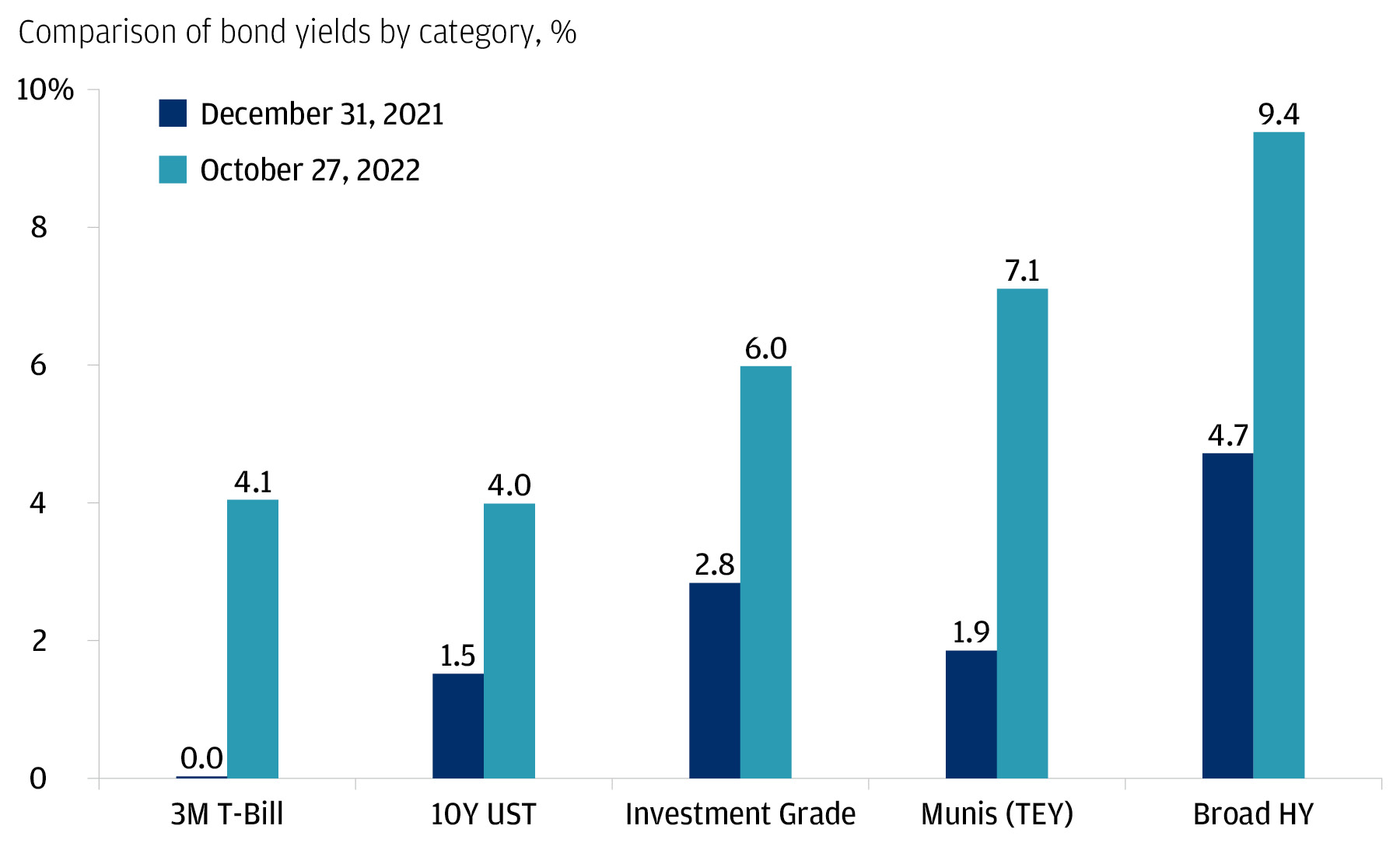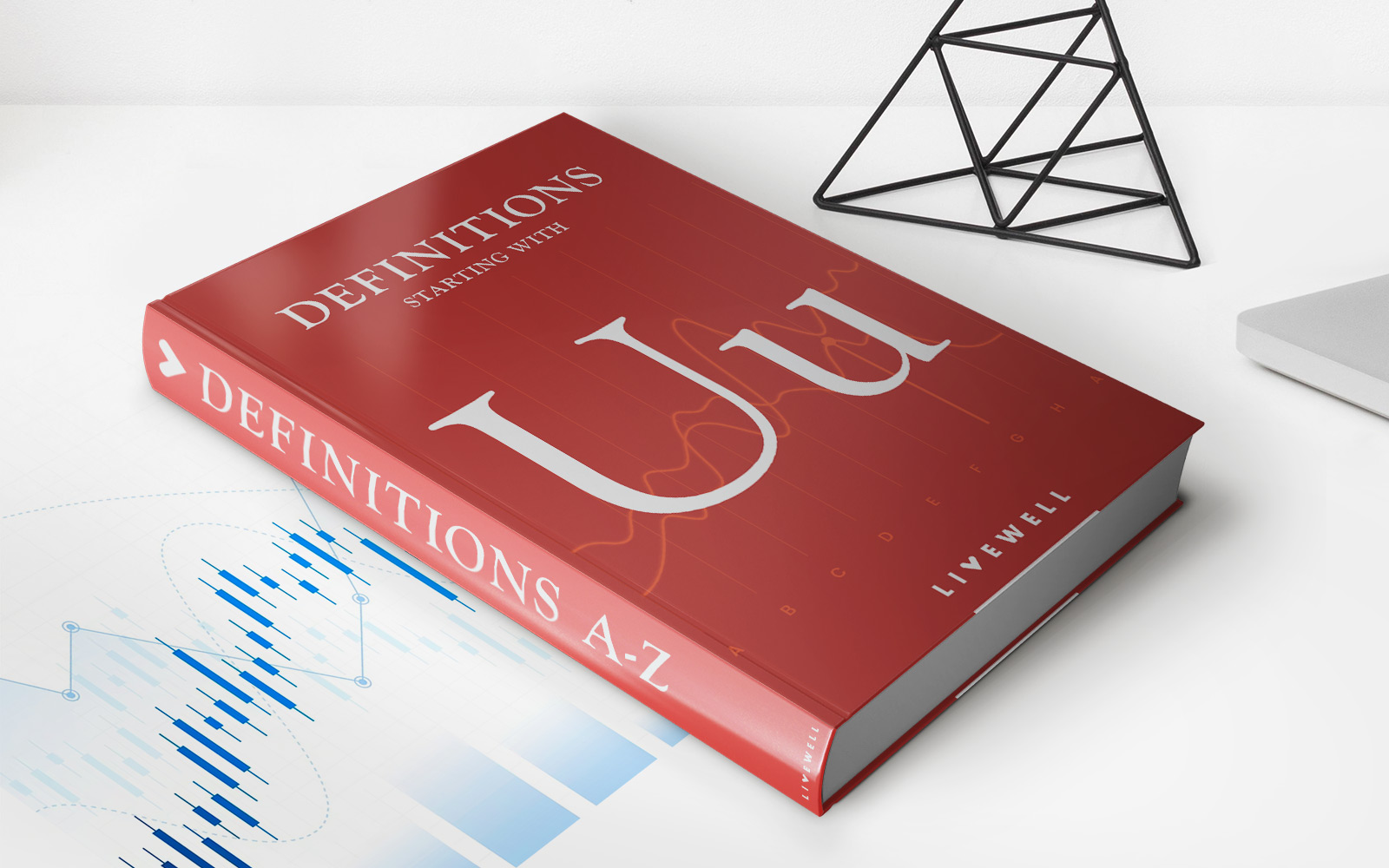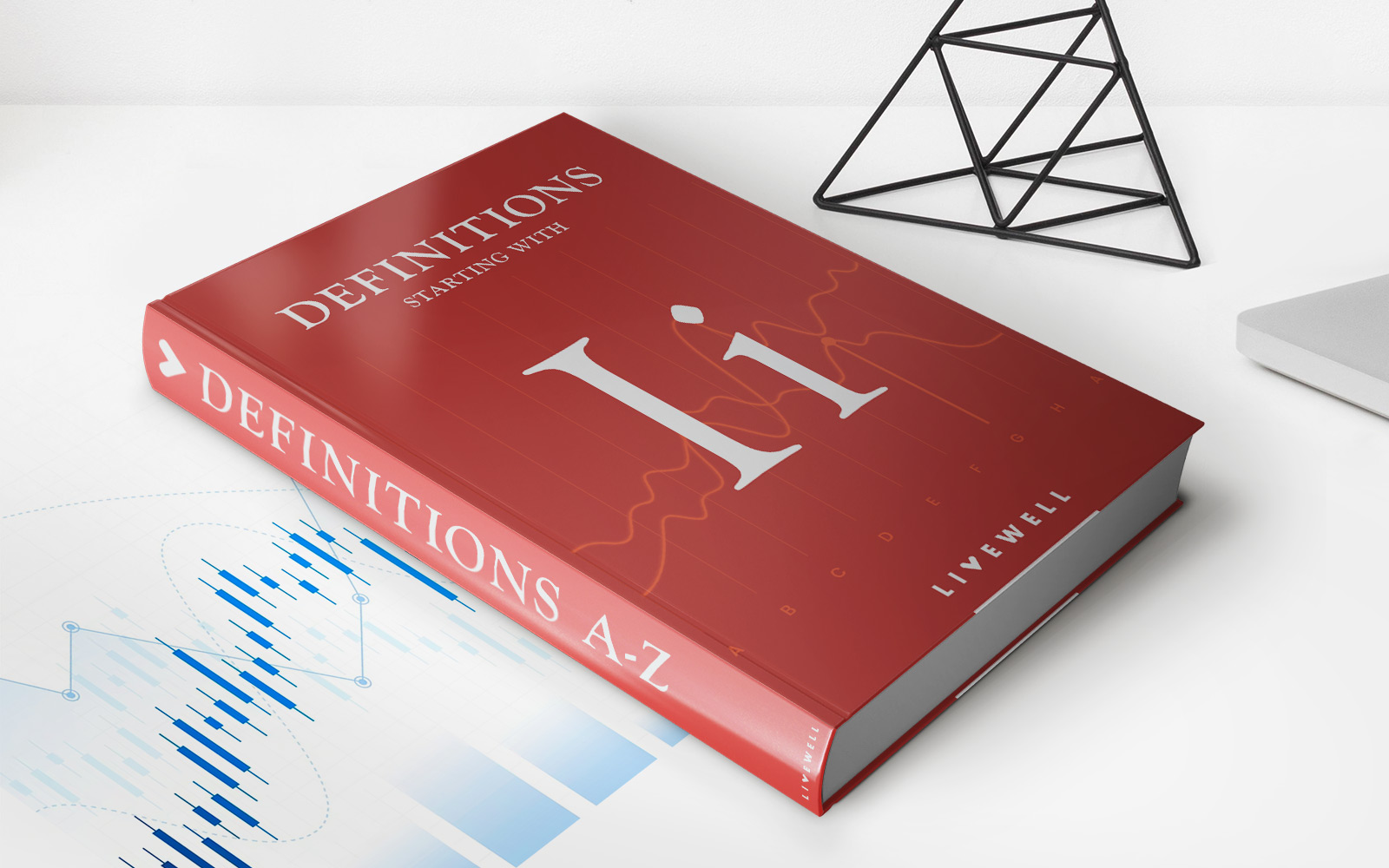

Finance
How Often Do You Pay Home Insurance?
Published: November 21, 2023
Discover how often you need to pay for home insurance to manage your finances effectively. Learn more about the frequency of payments and plan your budget accordingly.
(Many of the links in this article redirect to a specific reviewed product. Your purchase of these products through affiliate links helps to generate commission for LiveWell, at no extra cost. Learn more)
Table of Contents
- Introduction
- Factors that Determine Home Insurance Payment Frequency
- Common Home Insurance Payment Options
- Monthly Home Insurance Payments
- Annual Home Insurance Payments
- Other Home Insurance Payment Frequency Options
- Pros and Cons of Different Home Insurance Payment Frequencies
- Choosing the Right Payment Frequency for Your Home Insurance
- Conclusion
Introduction
When it comes to protecting your most valuable asset, home insurance is an essential safeguard. It provides financial coverage in the event of damage, theft, or other unforeseen circumstances that may affect your home. While having home insurance is crucial, you may wonder how often you need to pay for it.
The frequency of home insurance payments can vary depending on several factors. Insurance companies typically offer different payment options to accommodate the diverse financial needs of homeowners. Understanding these options and the pros and cons associated with them can help you make a decision that fits your budget and lifestyle.
In this article, we will explore the various factors that determine home insurance payment frequency and discuss the common payment options available. We will also delve into the pros and cons of different payment frequencies so that you can make an informed choice when it comes to paying for your home insurance.
Whether you prefer smaller monthly payments or a lump sum payment once a year, it’s important to choose a payment frequency that works best for you. By considering the financial implications and cash flow management, you can determine the right payment frequency for your home insurance needs.
So, let’s dive in and explore the options available to you when it comes to paying for your home insurance.
Factors that Determine Home Insurance Payment Frequency
Several factors come into play when determining the payment frequency for your home insurance. Insurance companies take these factors into consideration to assess their financial risk and offer payment options that align with your situation. Here are some key factors that influence how often you pay for your home insurance:
- Insurance Company Policies: Each insurance company may have its own set of policies regarding payment frequency. Some companies may offer flexible payment options, while others may have specific requirements for payment frequency.
- Personal Financial Situation: Your financial status plays a significant role in determining how often you pay for your home insurance. If you prefer to manage your expenses on a monthly basis, you may opt for a monthly payment plan. Conversely, if you have the means to make a lump sum payment, you may choose to pay annually.
- Insurance Premium Cost: The cost of your insurance premium can also impact the payment frequency. If the premium is high, you may find it more feasible to break it down into smaller monthly payments. On the other hand, if the premium is lower, you may choose to pay the full amount upfront.
- Budgeting and Cash Flow: Your budgeting preferences and cash flow management also come into play when determining your payment frequency. Some individuals prefer the convenience of monthly payments to help them better manage their monthly budgets, while others may prefer to pay annually to avoid making frequent payments.
- Discounts and Incentives: Some insurance companies may offer discounts or incentives for choosing a specific payment frequency. For example, you may receive a discount for paying annually rather than monthly. It’s important to consider these factors when deciding on the payment frequency for your home insurance.
- Personal Preferences: Ultimately, your personal preferences should guide your decision. Whether you prefer the convenience of monthly payments, the peace of mind that comes with an annual payment, or another payment frequency option, choosing what aligns with your preferences can make managing your home insurance easier.
By considering these factors, you can determine the payment frequency that best suits your needs and financial situation. It’s essential to evaluate your personal circumstances and weigh the pros and cons of different payment options to make an informed decision.
Common Home Insurance Payment Options
Home insurance companies offer various payment options to accommodate the diverse needs of homeowners. Understanding these options can help you choose the payment frequency that aligns with your preferences and financial situation. Here are the most common home insurance payment options:
- Monthly Payments: This is the most popular payment option for home insurance. With monthly payments, you pay a portion of your annual premium every month. This can be convenient for budgeting purposes, as the amount is spread out over the course of the year. However, keep in mind that insurance companies may charge additional fees or interest for this payment frequency.
- Annual Payments: Paying for your home insurance on an annual basis means that you make a single lump sum payment for the entire premium for the year. This option eliminates the need for monthly payments and may also qualify you for discounts from insurance providers. However, paying the full premium amount upfront can be a significant financial commitment for some homeowners.
- Semi-Annual Payments: Some insurance companies offer the option to pay for your home insurance every six months. This provides a middle ground between monthly and annual payments, allowing you to manage your expenses in smaller increments while avoiding the full lump sum payment.
- Quarterly Payments: Quarterly payments involve paying your home insurance premium every three months. Like semi-annual payments, this option allows you to break down your payments into smaller, manageable increments. However, it may not be as common as monthly or annual payment options.
- Bi-Monthly Payments: Bi-monthly payments involve paying your home insurance premium every two months. While less common, this payment option can help you budget your expenses more frequently. However, it may require more effort to keep track of payment due dates and ensure timely payments.
- Deferred Payments: Some insurance companies offer the option to defer payments, typically for a specified time period. Deferred payments allow you to postpone your premium payments, often due to financial hardship or extenuating circumstances. However, it’s crucial to understand the terms and conditions associated with deferred payments, as they may incur additional fees or interest.
It’s important to review the payment options provided by your insurance company and choose the one that best fits your financial capabilities and preferences. Consider factors such as budgeting, convenience, and any discounts or fees associated with different payment frequencies. By understanding these options, you can select the payment frequency that works best for you.
Monthly Home Insurance Payments
Monthly home insurance payments are a common payment option offered by insurance companies. With this payment frequency, you pay a portion of your annual premium every month, spreading out the cost over the course of the year. Here are some key points to consider when it comes to monthly home insurance payments:
- Budgeting and Cash Flow: Monthly payments can be advantageous for budgeting purposes. By breaking down the annual premium into smaller, more manageable amounts, you can incorporate the cost of home insurance into your monthly expenses. This can help you maintain consistent cash flow and avoid any potential financial strain.
- Convenience: Monthly payments provide convenience for homeowners who prefer to make regular, smaller payments rather than a lump sum once a year. This can be especially beneficial for those who prefer a more evenly distributed approach to managing their expenses.
- Additional Fees or Interest: It’s important to note that insurance companies may charge additional fees or interest for choosing monthly payments. These extra costs can increase the overall amount you pay for your home insurance coverage. Make sure to review the terms and conditions of your policy to understand any potential fees associated with monthly payments.
- Policy Renewals and Adjustments: When paying on a monthly basis, it’s crucial to keep track of policy renewal dates and any adjustments in premiums. Insurance companies may adjust your monthly payments based on factors such as policy changes, claims history, or market conditions. Stay informed about these potential changes to ensure you’re aware of any adjustments to your premium amount.
- Insurance Coverage Continuity: Monthly payments help to maintain continuous insurance coverage throughout the year. As long as you make the monthly payments on time, you won’t have any gaps in coverage. This is particularly important for homeowners who value the peace of mind that continuous coverage brings.
While monthly home insurance payments provide convenience and flexibility, it’s essential to consider any additional fees, interest, or potential adjustments that may affect the overall cost of your coverage. Remember to evaluate your personal financial situation and cash flow capabilities to determine if monthly payments align with your needs and preferences.
Annual Home Insurance Payments
Annual home insurance payments involve making a single lump sum payment for your entire premium for the year. This payment option offers several advantages and considerations that are worth noting:
- Discounts and Savings: Many insurance companies offer discounts for homeowners who choose to pay their premiums annually. These discounts can significantly reduce the overall cost of your home insurance coverage. By paying upfront, you may be eligible for savings that are not available with other payment frequencies.
- Simplicity and Convenience: Annual payments provide simplicity and convenience for homeowners. With one payment made at the beginning of the policy term, there is no need to remember monthly payment due dates or worry about potential missed payments. This can free up mental and financial space for other priorities.
- Better Cash Flow Management: For homeowners with a stable financial situation, annual payments can provide better cash flow management. You can plan your budget around a single payment rather than allocating funds for monthly payments. This can be especially beneficial if you prefer to handle your expenses in larger increments and have the financial means to make a lump sum payment.
- Potential Financial Strain: While annual payments offer savings and convenience, they can also pose a financial strain for some homeowners. Paying a large sum upfront may not be feasible for everyone, particularly if you have other financial obligations or prefer to allocate your funds differently.
- Gaps in Coverage: One factor to consider with annual payments is the potential for coverage gaps if you fail to make the payment on time. If you miss the annual payment deadline, your coverage may be suspended, leaving you vulnerable to potential risks. It’s crucial to stay organized and ensure that you make the payment before the due date.
When considering annual home insurance payments, weigh the benefits of savings and simplicity against your financial situation. If you have the means to pay the full premium upfront and prefer a hassle-free approach to managing your coverage, annual payments may be the right choice for you. However, if a lump sum payment poses a strain on your finances, other payment options may be more suitable.
Other Home Insurance Payment Frequency Options
While monthly and annual payment frequencies are the most common options, some insurance companies also offer alternative payment schedules to cater to different financial preferences. Here are a few other payment frequency options you may come across:
- Semi-Annual Payments: Semi-annual payments involve paying your home insurance premium every six months. This option provides a middle ground between monthly and annual payments. It allows you to break down the cost into two payments throughout the year, making it easier to manage your cash flow while avoiding the full lump sum.
- Quarterly Payments: Some insurance companies offer the option to pay for your home insurance premium every three months. Quarterly payments provide more frequent payment intervals, which can help you budget and manage your expenses more effectively. However, it may not be as widely available as monthly or annual payment options.
- Bi-Monthly Payments: Bi-monthly payments involve paying your home insurance premium every two months. While less common, this payment option can provide a more accelerated payment schedule for those who prefer to budget and manage expenses more frequently. It’s important to stay organized and ensure timely payments with this payment frequency.
- Deferred Payments: Some insurance companies offer deferred payment options for homeowners facing financial hardship or extenuating circumstances. Deferred payments allow you to postpone your premium payments for a specified period, temporarily relieving the financial burden. However, it’s crucial to understand the terms and conditions associated with deferred payments, as there may be additional fees or interest involved.
When considering these alternative payment options, it’s essential to evaluate their availability and any potential fees or interest associated with them. Assess your financial capabilities and preferences to choose the payment frequency that best suits your needs. It’s also advisable to consult with your insurance provider to fully understand the options available to you and their implications.
Remember, the goal is to find a payment frequency that allows you to effectively manage your home insurance premiums while fitting within your overall financial plan.
Pros and Cons of Different Home Insurance Payment Frequencies
Deciding on the payment frequency for your home insurance is an important decision that requires careful consideration. Each payment frequency option offers its own set of advantages and considerations. Let’s examine the pros and cons of different home insurance payment frequencies:
- Monthly Payments:
Pros:
– Convenient for budgeting and cash flow management.
– Helps spread out the cost over the year.
– Provides continuous coverage throughout the year.Cons:
– Insurance companies may charge additional fees or interest for monthly payments.
– Requires staying organized with payment due dates.
– Can end up being more expensive in the long run due to added fees. - Annual Payments:
Pros:
– Often comes with discounts and savings.
– Simplicity and convenience of a single payment.
– Better cash flow management for homeowners with stable finances.Cons:
– Can pose a financial strain due to the lump sum payment.
– Coverage may be at risk if payment is missed.
– Requires planning ahead and budgeting carefully for the payment. - Other Payment Frequencies (Semi-Annual, Quarterly, Bi-Monthly):
Pros:
– Provides more flexibility in managing your cash flow.
– Can help budget more frequently and evenly.
– Provides payment options for those who prefer different intervals.Cons:
– Availability may vary among insurance providers.
– May not offer the same level of discounts as annual payments.
– Can require more effort to stay organized and keep track of payment due dates. - Deferred Payments:
Pros:
– Provides temporary relief for homeowners facing financial hardship.
– Allows for a postponement of premium payments.
– Can help maintain coverage during challenging times.Cons:
– May incur additional fees or interest.
– Important to understand the terms and conditions associated with deferred payments.
– Requires careful planning to resume normal payment schedule.
Ultimately, the right payment frequency for your home insurance will depend on your personal financial situation, budgeting preferences, and ability to make timely payments. Consider the convenience, potential savings, and any associated fees or interest when making your decision. It’s also advisable to consult with your insurance provider to gain a better understanding of the specific terms and conditions that apply to each payment frequency option.
Make sure to weigh the pros and cons of each payment frequency and choose the option that aligns with your needs and financial circumstances.
Choosing the Right Payment Frequency for Your Home Insurance
When it comes to selecting the payment frequency for your home insurance, it’s essential to assess your personal financial situation and preferences. Consider the following factors to help you choose the right payment frequency:
- Financial Capability: Evaluate your financial capability to make a lump sum payment versus spreading out the cost over smaller increments. Consider your current income, expenses, and overall budget to determine what payment frequency aligns with your financial situation.
- Budgeting Preferences: Reflect on your budgeting preferences and style. Some individuals prefer monthly payments as it allows for better cash flow management, while others may prefer the simplicity of an annual payment. Choose a frequency that fits well with your budgeting and financial planning preferences.
- Potential Savings: Explore if there are any discounts or savings associated with specific payment frequencies. Insurance companies may offer incentives for choosing certain payment options. Evaluate the potential savings and factor them into your decision-making process.
- Convenience: Consider the level of convenience that each payment frequency offers. Monthly payments may be more convenient for those who prefer regular, smaller payments, while annual payments provide simplicity and freedom from monthly due dates. Choose a frequency that aligns with your lifestyle and ease of managing your home insurance.
- Risk Management: Assess your risk management approach. Consider factors such as the frequency of claims history, your home’s vulnerability to natural disasters or other risks, and your comfort level with maintaining continuous coverage. Ensure that your chosen payment frequency provides the necessary coverage and mitigates potential risks effectively.
By carefully considering these factors, you can determine the payment frequency that best suits your needs. It’s important to strike a balance between managing your finances effectively and ensuring continuous coverage for your home.
Remember to review the terms and conditions provided by your insurance company, including any potential fees or interest associated with different payment frequencies. Consult with your insurance provider to gain a better understanding of the available options and seek their guidance in choosing the optimal payment frequency for your home insurance.
Ultimately, choosing the right payment frequency will help you manage your home insurance premiums smoothly and ensure that your most valuable asset remains protected.
Conclusion
When it comes to paying for your home insurance, finding the right payment frequency is crucial. The frequency you choose should align with your financial capability, budgeting preferences, and risk management needs. By considering factors such as convenience, potential savings, and your ability to make timely payments, you can make an informed decision that suits your specific circumstances.
Monthly payments offer the advantage of spreading the cost over the year, providing budgeting convenience. However, they may come with additional fees or interest. Annual payments can provide discounts and simplify your finances, but they require a larger upfront payment. Other payment frequencies such as semi-annual, quarterly, bi-monthly, and deferred payments offer flexibility, but availability and terms may vary among insurance providers.
To choose the right payment frequency, evaluate your financial situation and budgeting preferences. Assess potential savings, consider convenience, and factor in any associated fees or interest. Don’t forget to consult your insurance provider to fully understand the options available to you.
Ultimately, your goal is to strike a balance between managing your finances effectively and ensuring continuous coverage for your home. By choosing the payment frequency that best suits your needs, you can protect your most valuable asset and have peace of mind.
Remember that home insurance is not just a financial obligation but an investment in the protection of your home. It’s worth taking the time to carefully assess your options and make an informed decision. Choose the payment frequency that provides the best balance of affordability, convenience, and coverage continuity. With the right payment frequency, you can confidently safeguard your home and enjoy the peace of mind that comes with knowing you are financially protected.














